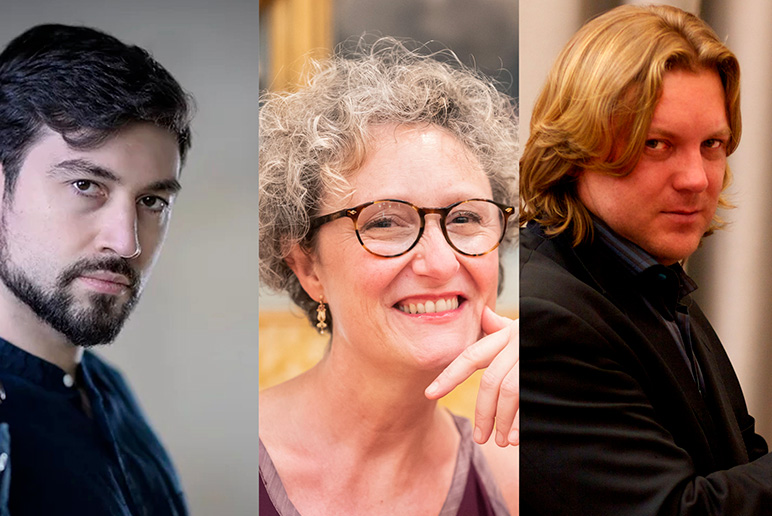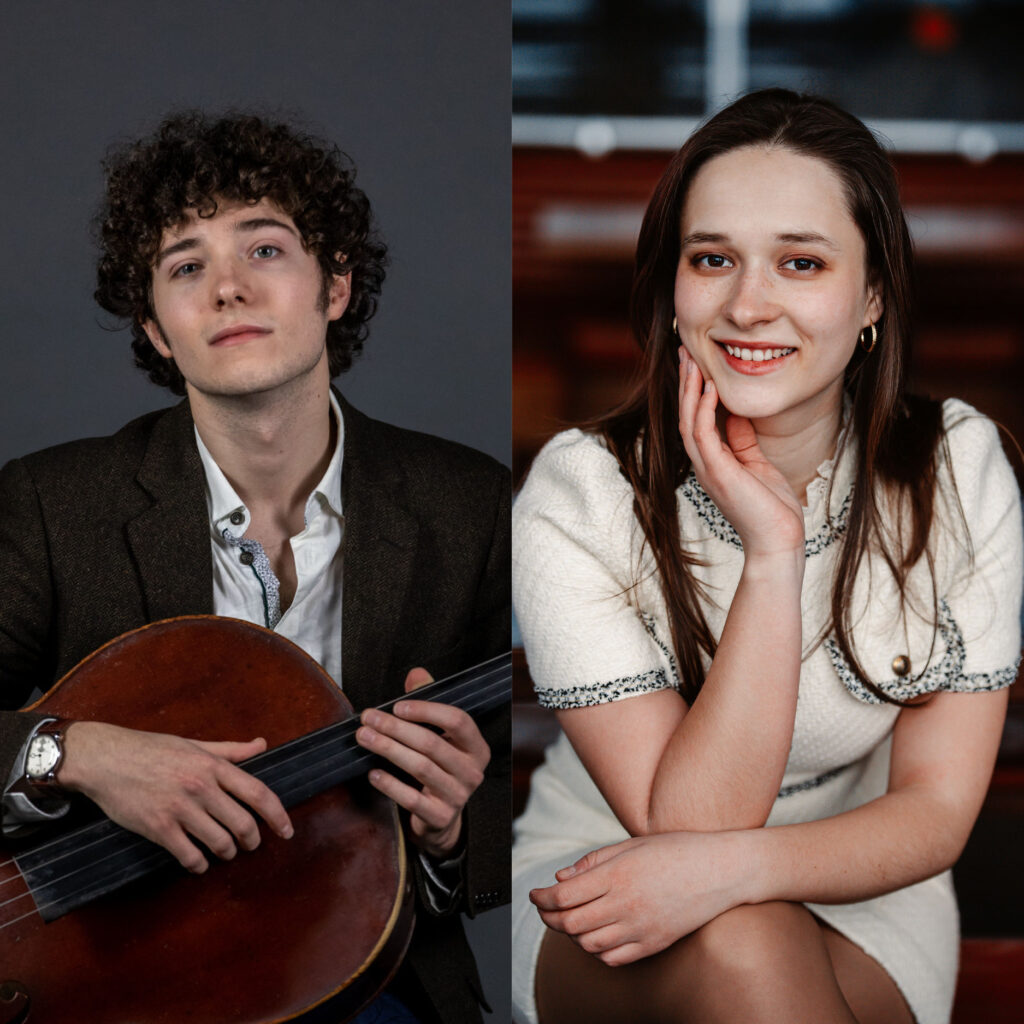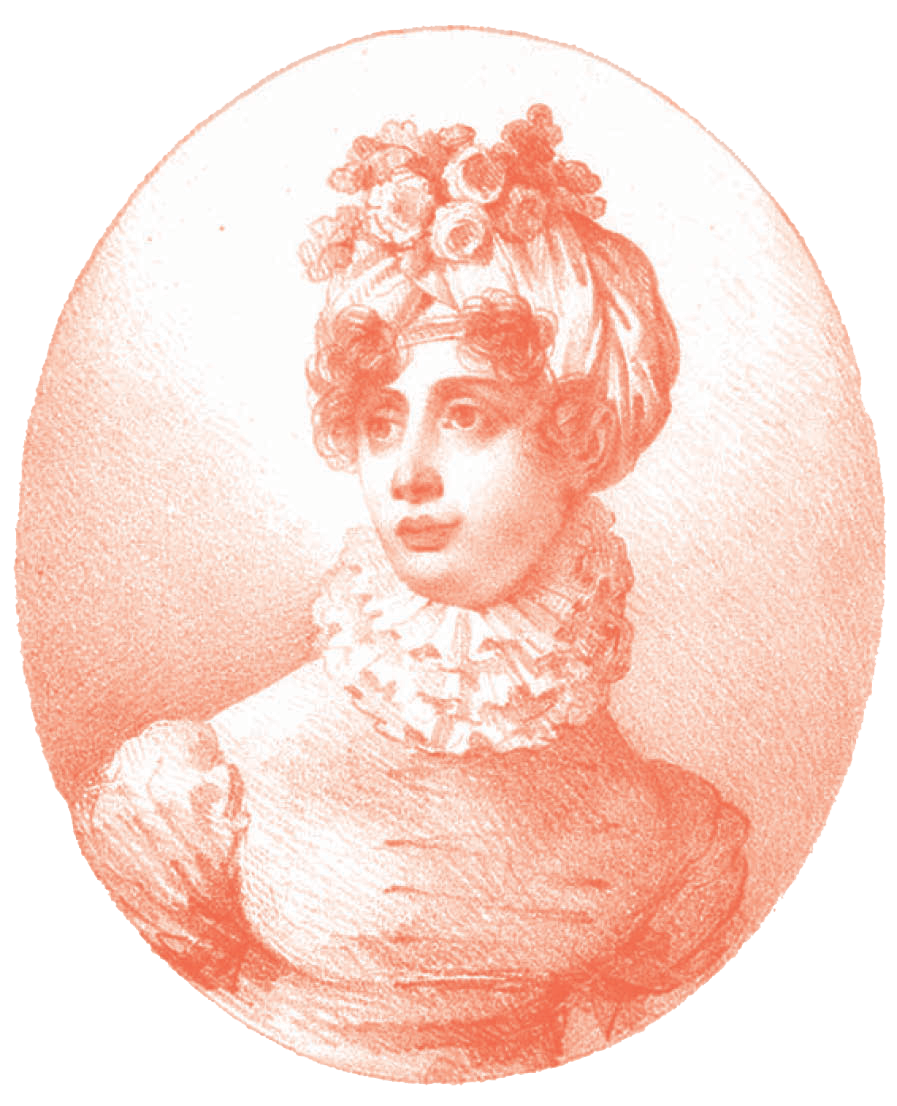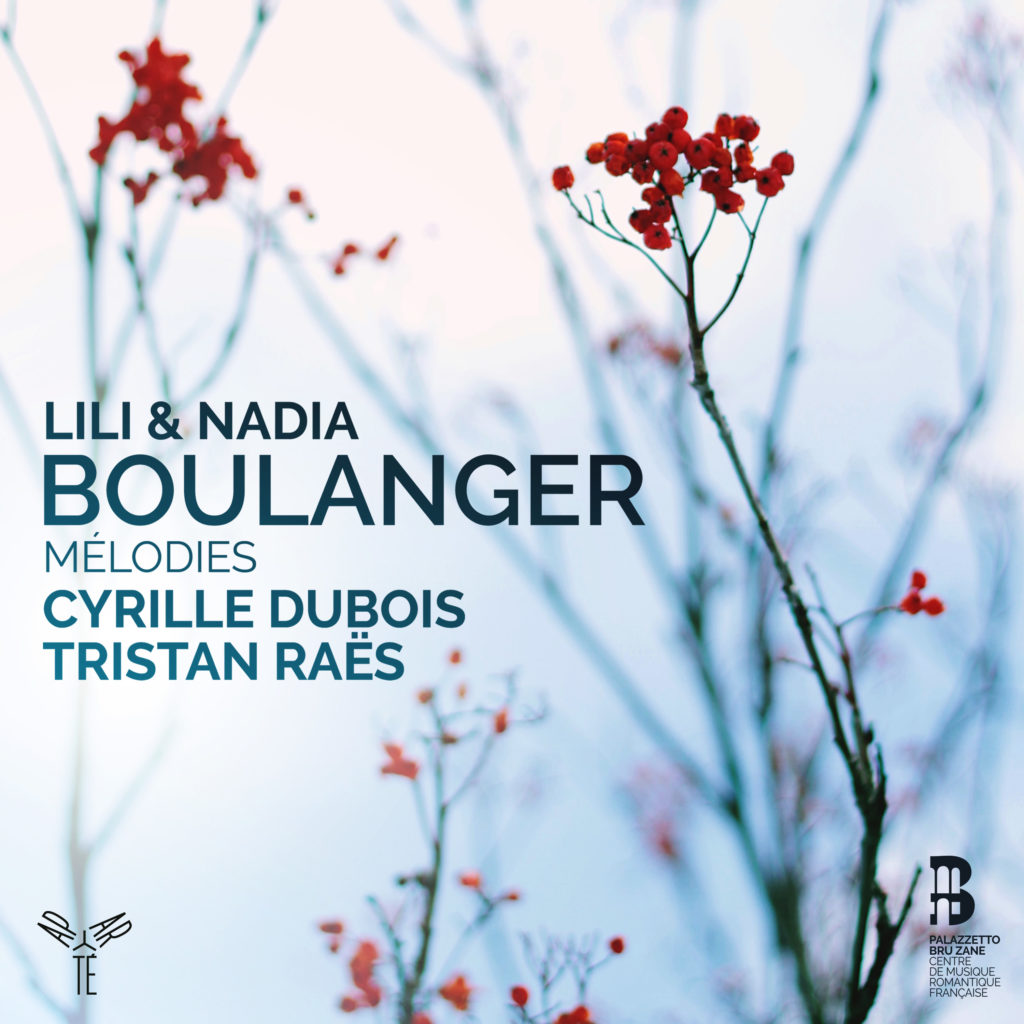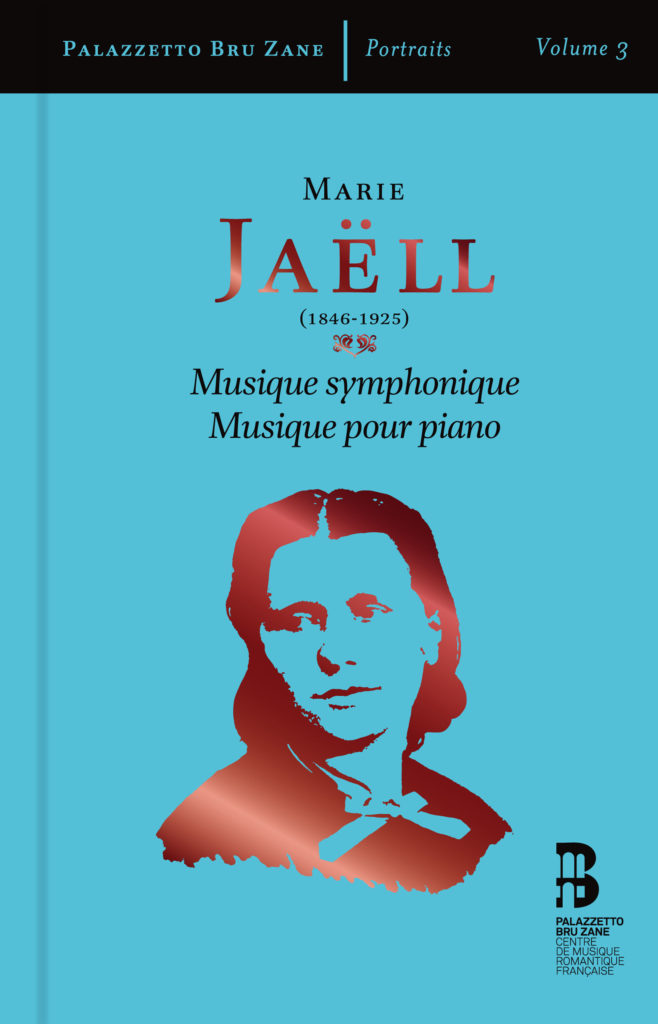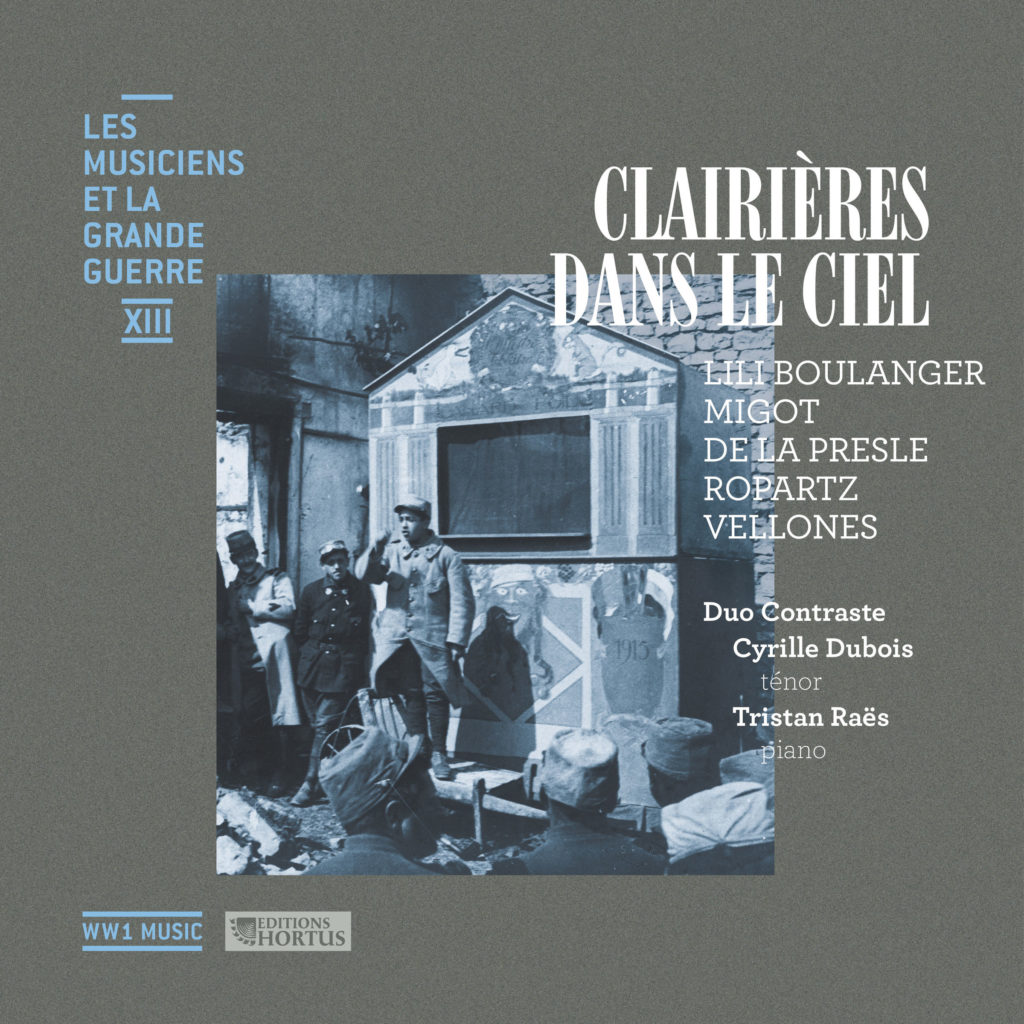Were there any women composers in the nineteenth century? Music history textbooks may lead us to doubt it. Yet…
The history of the art of music has long preferred to focus only on a few great creative figures: geniuses ahead of their time or those masters who defined its very essence. Biased and sometimes very unjust, that approach has consigned a vast number of musicians to obscurity, arbitrarily labelled as minor or second-rate, and condemned to silence for not belonging to the chosen few. At a time when we are reconsidering that approach, calling into question the aesthetic judgements of the twentieth century and embarking on the rediscovery of fine works that have been consigned to oblivion, we must also note that, during the period preceding our own, not one woman was included among the composers singled out as being indispensable. No female face appears on the well-known timeline that is found in most music classrooms. How can a girl of today envisage a career as a composer if she has never been introduced to a tutelary figure, a guide from the past, proving to her not only that it is possible to become a composer, but that it has been so for several centuries? Without minimising the difficulties encountered by such artists in their time, the moment now seems ripe for a closer examination of their careers and the revival of their works, through stage productions, concerts and recordings. In presenting these new models from the past, we hope to play a part in building a more just and varied future.
The history of the art of music has long preferred to focus only on a few great creative figures: geniuses ahead of their time or those masters who defined its very essence. Biased and sometimes very unjust, that approach has consigned a vast number of musicians to obscurity, arbitrarily labelled as minor or second-rate, and condemned to silence for not belonging to the chosen few. At a time when we are reconsidering that approach, calling into question the aesthetic judgements of the twentieth century and embarking on the rediscovery of fine works that have been consigned to oblivion, we must also note that, during the period preceding our own, not one woman was included among the composers singled out as being indispensable. No female face appears on the well-known timeline that is found in most music classrooms. How can a girl of today envisage a career as a composer if she has never been introduced to a tutelary figure, a guide from the past, proving to her not only that it is possible to become a composer, but that it has been so for several centuries? Without minimising the difficulties encountered by such artists in their time, the moment now seems ripe for a closer examination of their careers and the revival of their works, through stage productions, concerts and recordings. In presenting these new models from the past, we hope to play a part in building a more just and varied future.


 Torna indietro
Torna indietro  newsletter
newsletter webradio
webradio replay
replay